Features of machines for rolling shaped tubes
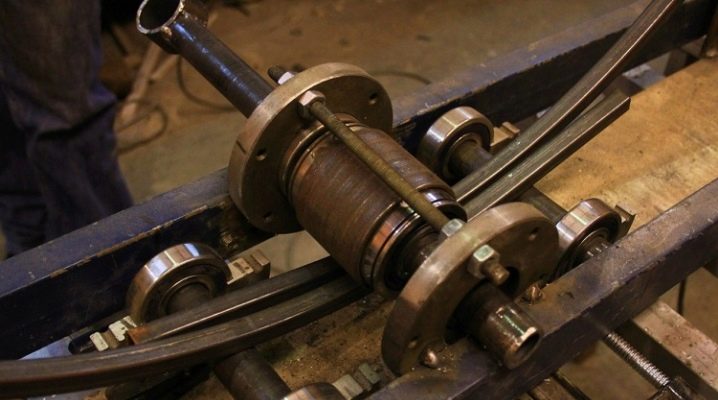
Rolled profile pipes - a special procedure by which it is possible to obtain a high quality steel longitudinal profile. The technological operation is carried out mainly on machines designed for rolling pipes of different thicknesses and from different materials.
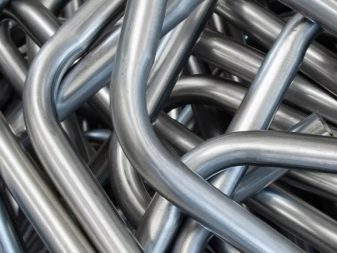
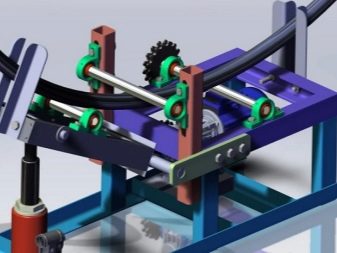
Description and scope
Profile pipe - a special grade of rolled metal, from which it is subsequently possible to assemble strong metal structures for use in industrial and construction spheres during the construction of various structures. Among the differences in rolled products, the presence of a multifaceted or oval-shaped profile on the cross-section of the element is distinguished. Steel structures are rolled using special equipment.

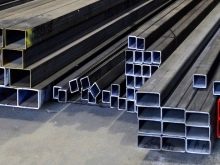
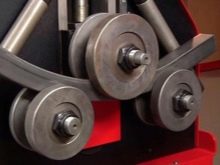
Profile benders - or pipe benders - are designed to perform various technological operations, including:
- bending of steel bars and fittings;
- decorative bending of steel profiles;
- the formation of elbows or bending at the required angle of pipes of different thickness and cross-section;
- rounding of workpieces of any length.
Manufacturers produce different types of bending and rolling machines. Most models reduce the amount of effort that has to be applied to get the finished result. Some of the machines carry out the rolling of shaped pipes using special rollers.
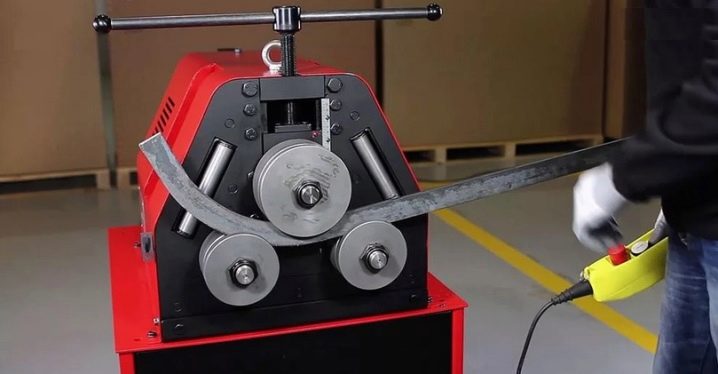
Views
The assembly of steel structures requires the use of a variety of metal blanks, which can be obtained through the use of special machines. All equipment manufactured by manufacturers can be divided into several types.
- Roller bending machines... Purpose - to change the shape of sheet metal. In such installations, it will not be possible to process pipes due to the small gap that is provided between the components of the structure. Basically, machines are used for the manufacture of shaped parts with thin walls.
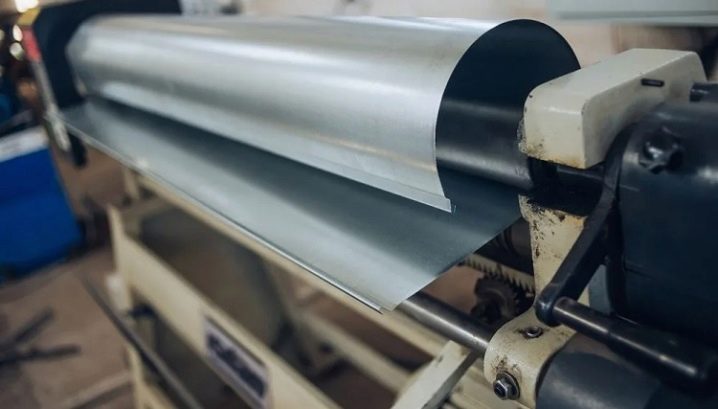
- Three-roll machines. Allows deformation of sheets and pipes. And also with the help of the installations it will be possible to process the elements of the profile rental. The design of the equipment includes a generator of the pressure of the rollers, which regulates the performance of the mechanism by changing the power.
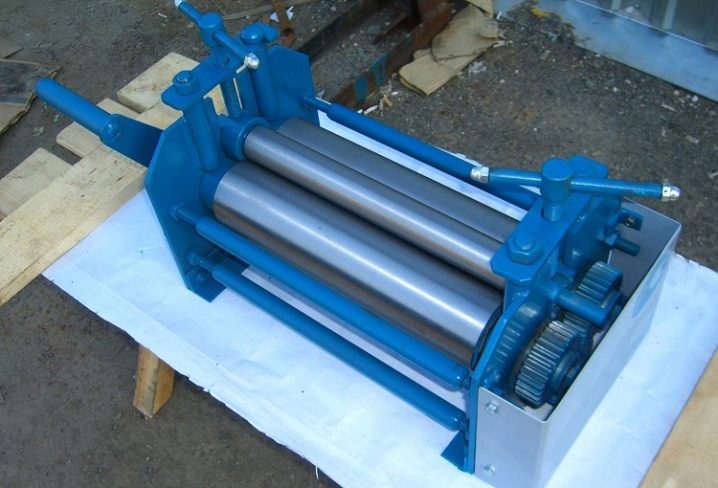
- Machines with four rollers. One of the most powerful pipe rolling machines. With its help, it will turn out to make a profile of any section. The design is based on a mechanical drive, which provides for the possibility of rolling with your own hands. The increase in power is achieved by changing the design of the device.
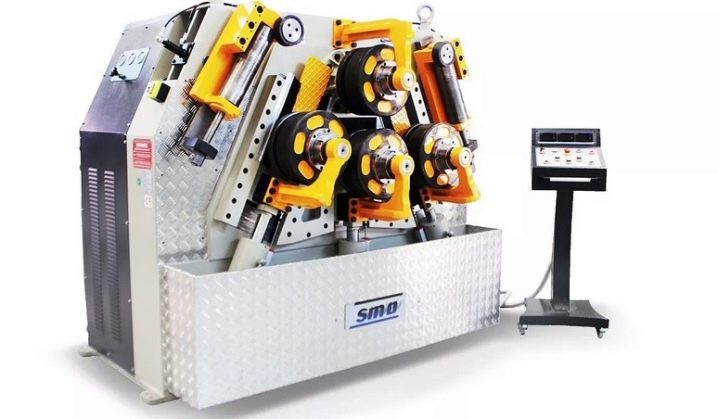
Additionally, machines are classified according to the type of drive. In this category, equipment is divided into several types.
- Machine tools with hydraulics. The most expensive but powerful models. Equipment for industrial use is characterized by increased power, suitable exclusively for stationary installation. Aggregates are used when it is necessary to organize the release of the same elements in large quantities. Among the advantages of such equipment are high speed of operation, automation of operations, ease of use and the ability to bend large sections. The downside of the mechanism is the too high price.
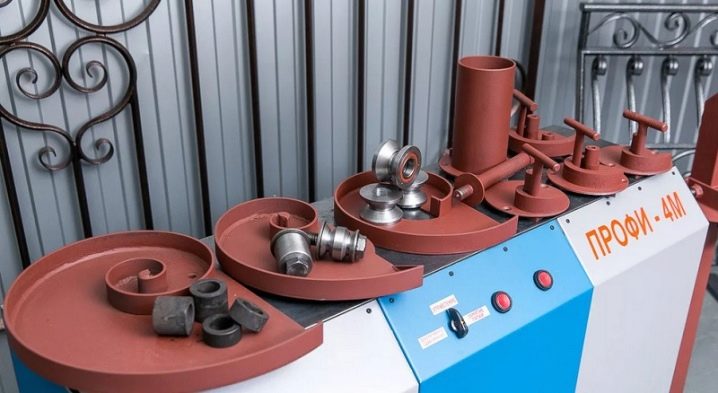
- Electrical installations... The rolls are equipped with an electric drive and a screw drive and have a wide range of functions.The design of bending machines is also based on electric type motors, the operation of which depends on the connection of the installation to the network. Machines of this type are installed in small enterprises or in private workshops, where there is no need to process large volumes of workpieces. Among the advantages: low price, high rolling speed, simplicity of design, high bending accuracy. The disadvantage of the machine is the lack of mobility.
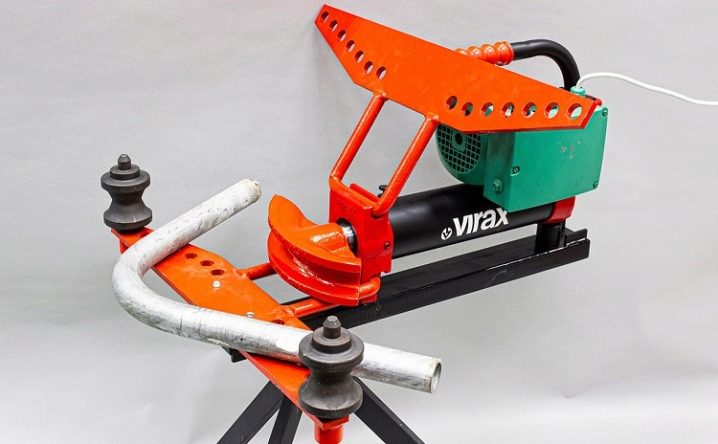
- Manual machines. The simplest, cheapest and at the same time mobile option for cold rolling of tubular products, which attracts with its uncomplicated design and compact dimensions. The presence of drive rollers and movable rollers allows a person to work on the installation without any qualifications. The machine can be easily transported to the installation site, which makes the unit so popular. Other advantages of the product: ease of use, attractive design, home use. The disadvantage is the increased processing time of workpieces.
Private craftsmen choose hand-held machines due to their compact size and portability. Medium and large enterprises prefer the first two options, since the plants are capable of processing large volumes of workpieces.
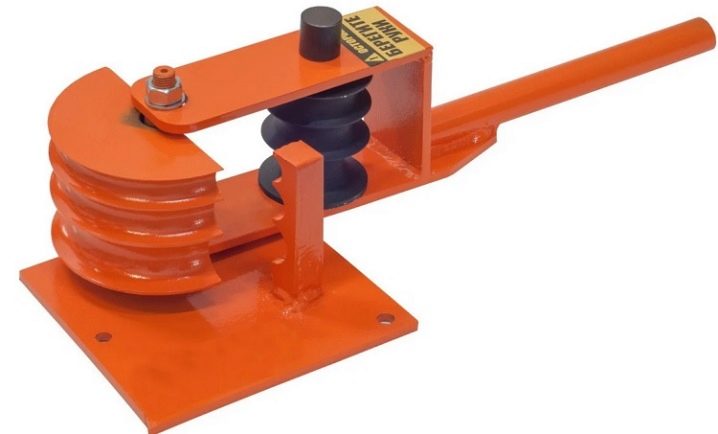
How to do it yourself?
It is not always possible to purchase expensive and even manual installations. In this case, you can try to make a machine for rolling shaped pipes yourself. First of all, you should start with the drawings. Experts recommend using a standard simple machine design that includes shafts and a pipe bending roller. It is better to take a manual drive as the basis on which the elements of the future machine will be installed. If necessary, it will not be difficult to replace it with an electric one.


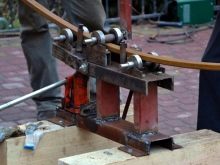
Preparation
There are a huge number of drawings, with the help of which it will be possible to assemble a manual machine for strengthening a professional pipe or changing its shape. It is worth finding the most suitable option and purchasing the materials required by the specification. If you want, you can also develop a drawing yourself, but you need to take into account every nuance of the future installation. When the drawings are ready, and the material and tools are purchased, you can start assembling a homemade machine.
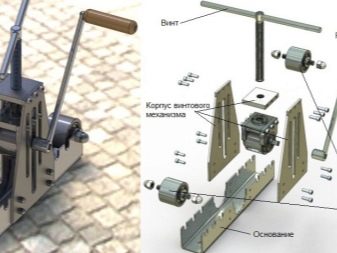
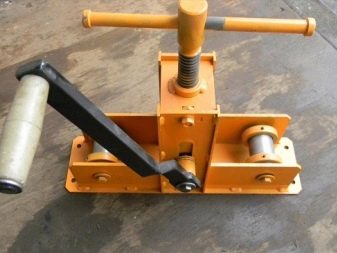
Assembly
The creation of your own rolling equipment takes place in a few simple steps.
- Manufacturing of drive and installation of the roller. Here, if there is no experience in carrying out such work, it is better to entrust them to a turner. It is recommended to harden the finished elements at the end of the process. The rollers can be cylindrical and without grooves, which is perfect for bending shaped pipes. Additionally, you will need to make two limiting ends, which will act as nozzles and will be able to fix the workpieces.
- Mounting of bearings. It is necessary to install the elements in the clips. If there are no factory parts at hand, then the bearings can be turned on a lathe yourself, or with the help of a specialist.
- Fitting stars... At the same time, it is recommended to determine the location of the future keyways in order to provide for the grooves for their installation. The grooves themselves are cut with a drill or file.
- Drilling holes. The clamping bolts will subsequently be installed in them. Additionally, it is necessary to cut the thread for the fasteners.
- Assembling the platform where the pressure roller will stand... To make it, take a steel plate of great thickness. And also a channel is suitable. Two pairs of holes are drilled in the workpiece, where the bearing races will be installed, fixed with fasteners. On the reverse side of the platform, there is a place for mounting a jack. In some cases, it may be necessary to cut one of the channel flanges.
- Installing the pressure roll... The element is screwed on and fixed by welding on the site.Additionally, lugs from nuts are welded to secure the springs.
- Manufacturing of support legs and bed. The process is carried out by welding, therefore it is recommended to entrust the work to a professional, as he will be able to pay special attention to the body, where there will be a support platform for the upper roller. The corners are responsible for the formation of the site, so it is important to take into account the geometry of the welding so that they are even.
- Platform suspension. The finished product must be suspended by means of springs to the upper cross member of the bed. A roller should already be installed on the site. Springs are required to be able to bring the jack to its original position at the end of the work.
- Drilling holes in the base frame. With their help, it will be possible to adjust the required distance between the shafts for rolling pipes. During the work, it is required to maintain distances, and not to allow the bearing assemblies to move, otherwise the workpiece will be pressed.
- Installation of support shafts... Two asterisks are installed on the equipment: driven and driven. The interaction of the elements is provided by the drive chain.
- Slotting grooves. It is carried out in the support frame, this is necessary for the installation of the tension roller. The tensioner prevents the chain from sagging and prolongs the life of the machine.
- Manufacturing of the drive handle. For this, a metal rod with a diameter of 20 mm is suitable so that you can comfortably grasp it with your hand. Additionally, a large piece of steel pipe is installed on the part where the operator's hand will be located so that the handle does not rub.
- Jack installation... The device is installed on the upper platform of the machine, the position is fixed using powerful fasteners: bolts and nuts.
- Test equipment... To do this, take a section of a profile pipe and roll it through the provided distance between the rollers, applying the required force manually. The rotation of the handle activates the equipment; by adjusting the pressing force, it is possible to achieve the desired radius of rounding of the part.
At the end of the tests, the rolling machine is cleaned of rust and coated with compounds that prevent the development of corrosion. This will extend the life of the equipment and increase the bending efficiency.
In addition, timely processing will protect the steel from moisture and will allow you to achieve the aesthetic appearance of rolled pipes. At the end, the machine will remain covered with enamel of any color.
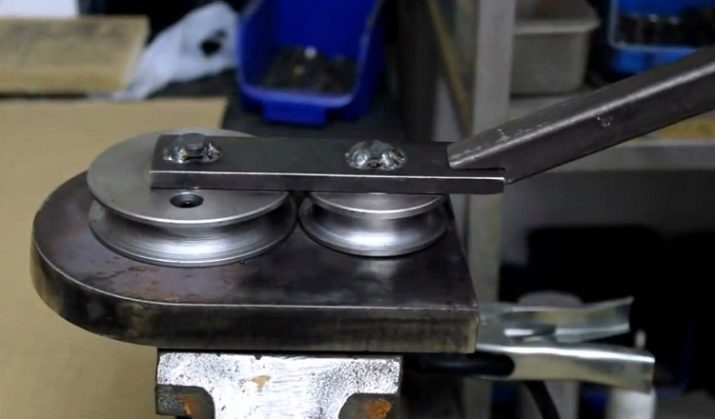
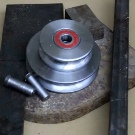
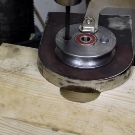
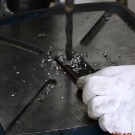

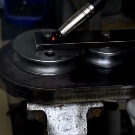
For information on how to make a machine for strengthening a profile pipe with your own hands, see the next video.













The comment was sent successfully.